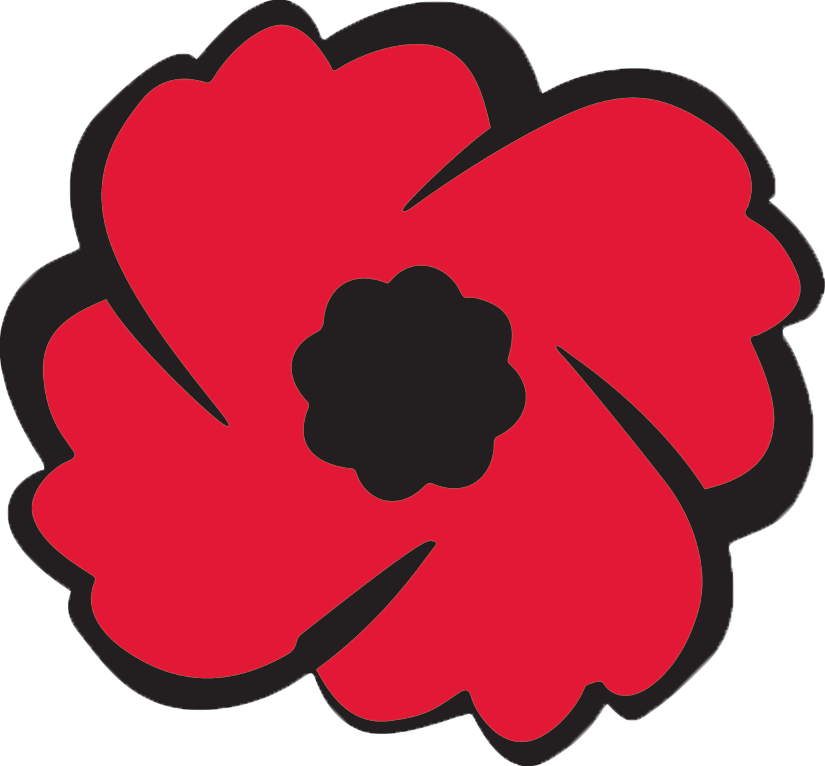
The Poppy is an enduring sign of remembrance. It is strongly linked to Remembrance Day, November 11th, the date of the armistice of World War I. Poppies are a common sight in Europe and they flourished in the soil near the fighting. This led Canadian, Dr. John McCrae, to be inspired to write the poem “In Flanders’ Field”.
Artificial poppies originated in Britain in 1921 to raise money for ex-servicemen and the families of those who died in combat. They were supplied by Anna Guérin, she started making poppies to support war orphans in France. The poppies became so popular that in 1922 Britain started up a factory staffed by disabled ex-servicemen, a practice that continues to this day.
The poppy continues to be shared in commemoration of those who lost their lives in World War I and subsequent conflicts.


